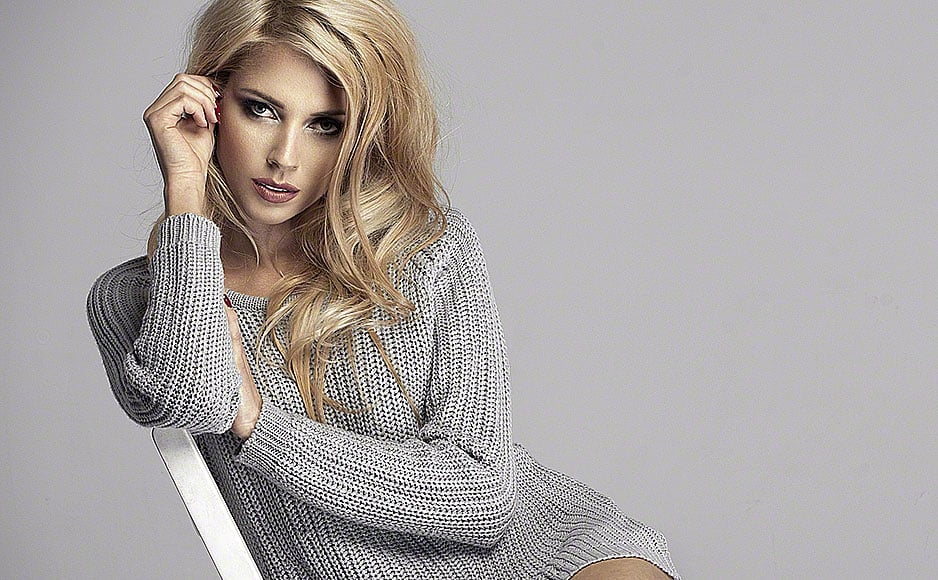A combination skin type is oily in the T-zone, while the cheeks and other areas remain dry. This is why it’s called combination skin and it’s tricky to apply makeup on it. You should use the right products and techniques to get the desired results, or hire a wedding makeup artist who knows how to do makeup based on the skin type, face shape, and other factors. Below are some tips for bridal makeup on combination skin.
Follow A Skincare Routine
You have to begin your skincare routine 6 to 12 months before the wedding day to adjust to the products and see improvements. You have to do cleansing, toning, and moisturizing for your combination skin.
Cleansers need to be hydrating so they don’t get rid of all the moisture and make the skin dry, which will show on the cheeks and other areas. This is why using a sulfate-free, gel-based cleanser is a good option.
Toners should be alcohol-free, hydrating formulas as they will restore the pH balance of your skin and tighten pores.
For moisturizing, you can use a water-based or oil-based moisturizer for hydration. You can also apply two moisturizers, a lightweight one for the T-zone, and a richer one for the dry areas.
Moreover, remember to exfoliate about twice or thrice a week to get the effect without drying the skin. Combine both chemical and physical for your combination skin. However, never apply both on the same day. Leave a gap of at least one or two days between them. And stop exfoliation a week before the wedding day.
Double-Cleanse
You should use a cleanser before makeup to remove excess oil, dirt, and other impurities from your face and prepare it for makeup. This is a critical step because combination skin has larger pores, so it absorbs more dirt and impurities. And this is why you need to double-cleanse. It means using two different cleansers, one at a time, in the same session.
You can use micellar cleansing water first to remove impurities. After that, you can apply a gentle cream cleanser to remove excess oils from your skin. Be careful and only use cleansers that don’t give way to oiliness but also prevent dryness. This is why trying and choosing the right products months before the wedding is vital.
Choosing A Primer: One Or Two?
You can either choose a single or two primers for your combination skin to create a canvas for your makeup.
If you want to pick only one primer, select a blurring, mattifying primer. When using a single primer, the finish should not be too matte or too dewy. Finding that balance can be tough. Too matte can make the makeup flaky, while too dewy can lead to shine that can become more noticeable under flashes and bright lights. So, if you can’t find a single perfect primer, you can use two primers.
When choosing two primers, you’re picking one for the dry areas and the other for applying to the oily T-zone. Pick a hydrating primer for the dry zone and a mattifying primer for the oily areas. Make sure your primer’s base is compatible with your foundation.
Give more thought to choosing a primer because it is an important factor in long-lasting makeup, which you need for your hitch day.
Semi-Matte Foundation
For your combination skin bridal makeup, choose a semi-matte or satin foundation as it’s easy to blend when compared to others. It also goes well with a mattifying primer, espcially in a summer, tented wedding. However, if your combination skin is more on the drier side or you have a winter wedding, then choose a cream foundation.
Plus, ensure that you look for long-wear, natural finish, and non-comedogenic foundations. And remember to apply the foundation in thin layers to avoid caking.
Liquid Or Cream Concealer
For choosing a concealer, you should not only consider your skin tone but also your skin type. Before selecting the shade, make sure you’re picking a liquid or cream concealer for medium to full coverage. Avoid too dewy formulas and look for long-wearing, waterproof formulas.
Finely Milled, Translucent Setting Powder
A finely milled, translucent powder is what you should use for your combination skin. You need to apply it carefully. Regular application in the T-zone, while lighter in the dry areas. You can use a small brush for better control. And dab, not swipe the brush on the skin. This will help you conceal fine lines in the oily areas and keep the dry areas soft.
Cream And Powder Highlighter: Less Is More
You want a controlled glow that doesn’t become too shiny for wedding photos. So, less highlighter for the oily areas – center of the forehead, nose, and chin. You can instead choose to highlight your cheekbone, browbone, and other dry areas.
Regarding formulas, you can select a combo of either cream and powder or liquid and powder highlighters. Choose finely-milled formulas here as well. First, use the cream or liquid highlighter on the parts you want to glow, then apply a bit of powder highlighter. Take help from an event makeup artist Potomac for choosing products and applying makeup.
Blush
Use a cream or gel blush by matching it with the highlighter on the dry areas so that they blend well together. For the T-zone, use powder blush. Always apply the cream blush first and then the powder one. In addition to that, use a matte bronzer.
Eye Makeup Primer
Don’t forget to use an eye makeup primer that will prevent creases and oiliness on the eyelids, which can ruin the eye makeup. Plus, use waterproof eyeliner and mascara. If you think a liquid eyeliner may smudge during the long wedding day, you can use a waterproof eye pencil. Plus, you can also get fake eyelashes without worry.
Matte Setting Spray
Using a setting spray in the end locks the makeup in place and improves longevity, but the wrong one can cause greasy or patchy skin, among other problems. For your combination skin, pick a matte setting spray. If it’s winter, you can use a matte-hydrating hybrid setting spray.
Layer Setting Spray
Yes, you can apply a setting spray more than once during your makeup to improve its longevity. For combination skin, it’s suggested to spritz some setting spray before and after applying foundation.
Carry A Touch-Up Kit
You don’t have to include everything in the touch-up kit, as blotting paper, pressed translucent powder, setting spray, lash glue, and lipstick will do. Buy travel-sized versions of the products if available. There may be excess oil on the T-zone, so blot gently when required with blotting paper. After that, if required, you can apply powder, but be careful and avoid overdoing it.
Remember, touch-ups are about maintaining the makeup, not reapplying it.
Test Everything Weeks Before The Ceremony
You should never apply the products for the first time on your wedding day because you won’t know the results. So, test the products weeks or months before the wedding day.
Conclusion
For doing bridal makeup on your combination skin, a matte finish works well for most brides. Create a skincare routine and choose products and test them way before the wedding. Consult a bridal makeup artist Bethesda for scheduling a bridal makeup trial to see which products and looks suit you well so that your look on the wedding day is effortless and beautiful.


